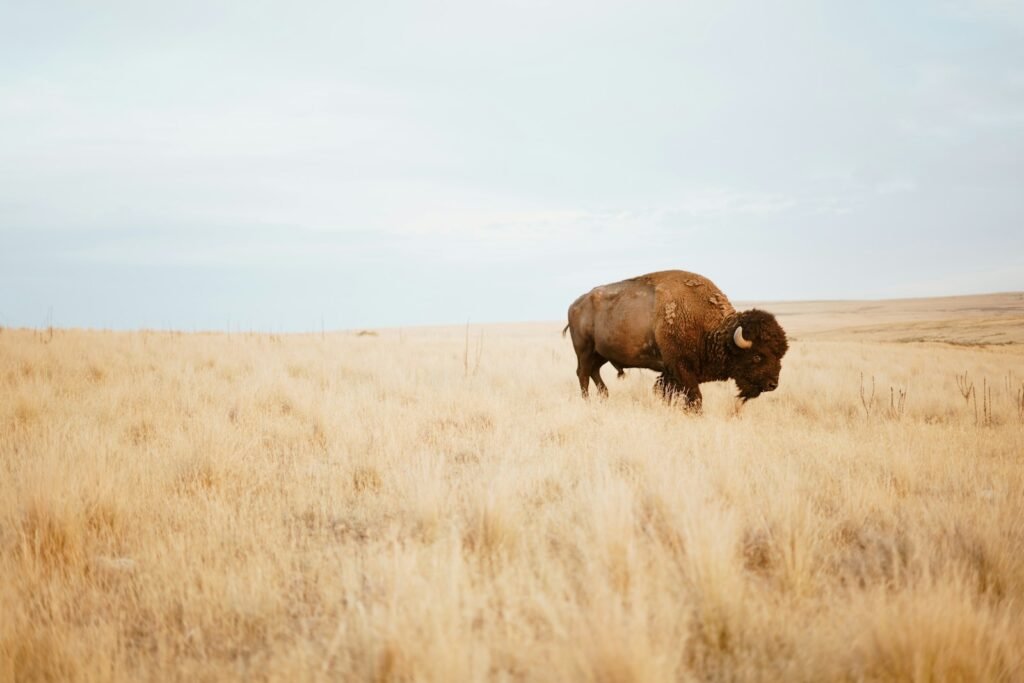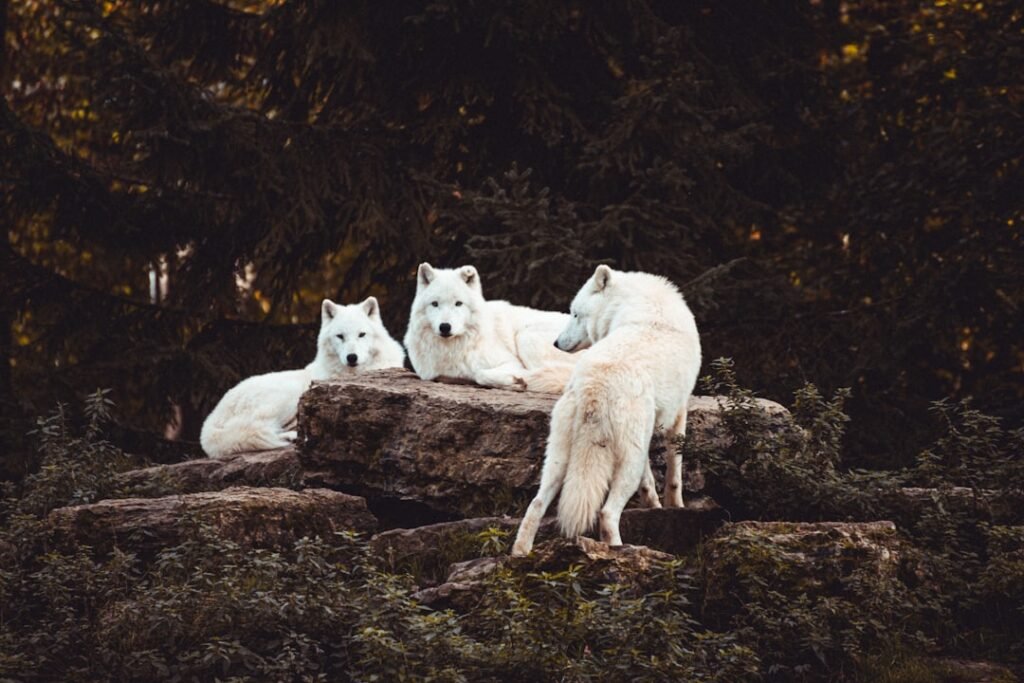The forest is silent, but the evidence is not. Hidden deep in the wilderness, a single feather, a shattered tusk, or a drop of blood can whisper the story of a crime against nature. Wildlife forensics, a field as gripping as any detective novel, is on the front lines of the battle against poachers, traffickers, and those who threaten our planet’s most vulnerable creatures. Imagine a team of scientists, armed not with badges but with microscopes and DNA sequencers, racing to crack the case before the trail goes cold. Their work reveals not just the brutality of environmental crime but also the astonishing resilience of nature—and the power of science to stand as its guardian.
The Birth of Wildlife Forensics
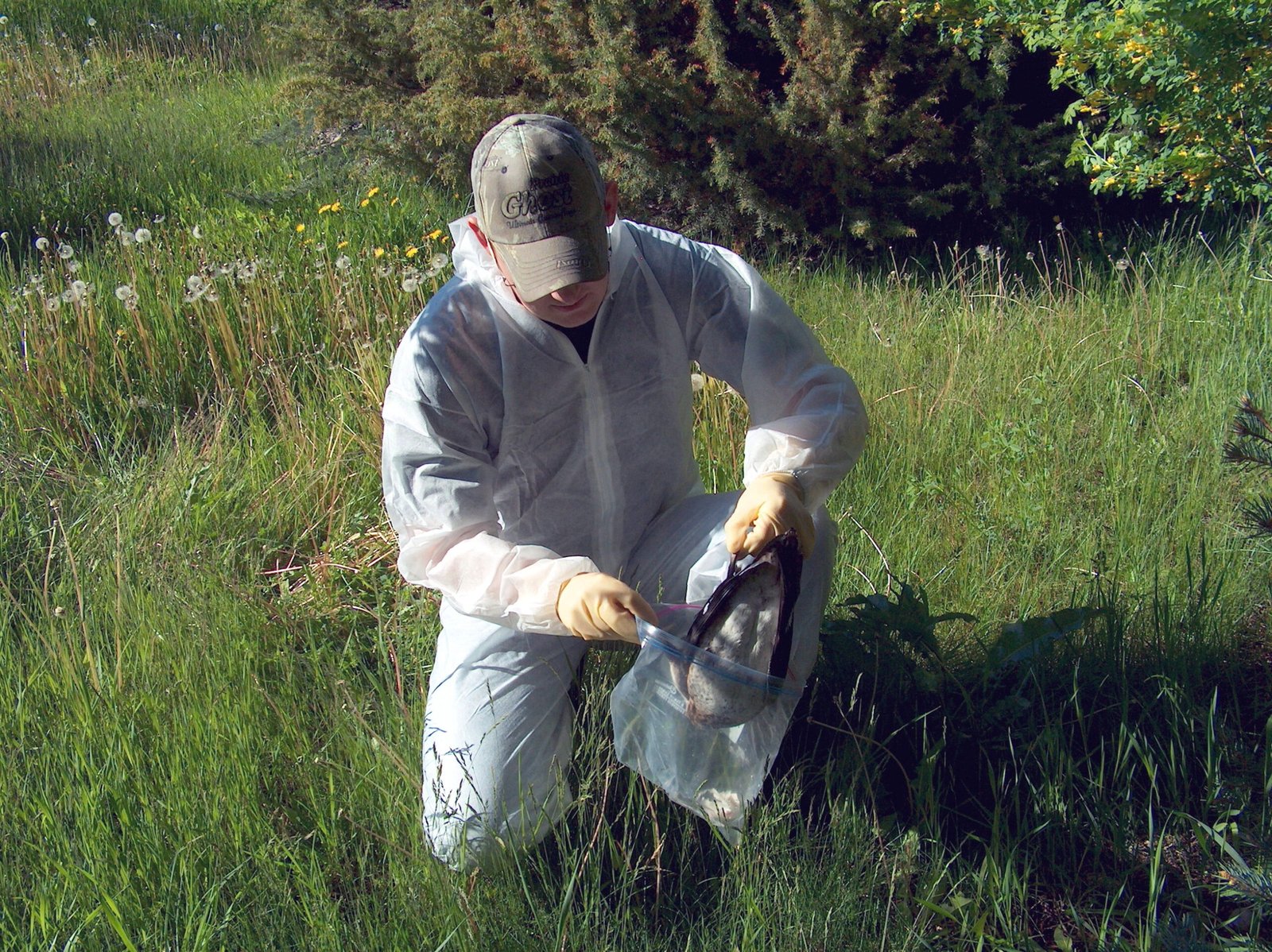
Wildlife forensics is a relatively new discipline, emerging out of necessity as illegal wildlife trade exploded in recent decades. Long gone are the days when poaching was a local problem; today, it’s a global, multi-billion-dollar black market. Scientists and conservationists realized they needed new tools—scientific ones—to track, identify, and prosecute those who commit crimes against animals. This realization gave rise to forensic labs dedicated solely to wildlife cases, mirroring the crime labs seen in popular TV shows but with a focus on feathers, fur, bones, and shells. The field borrows heavily from human forensic science but often faces unique challenges, like identifying rare species with only a fragment of evidence. Wildlife forensics is now recognized as a crucial weapon in the fight to save endangered species.
Unmasking the Poachers: Collecting Evidence
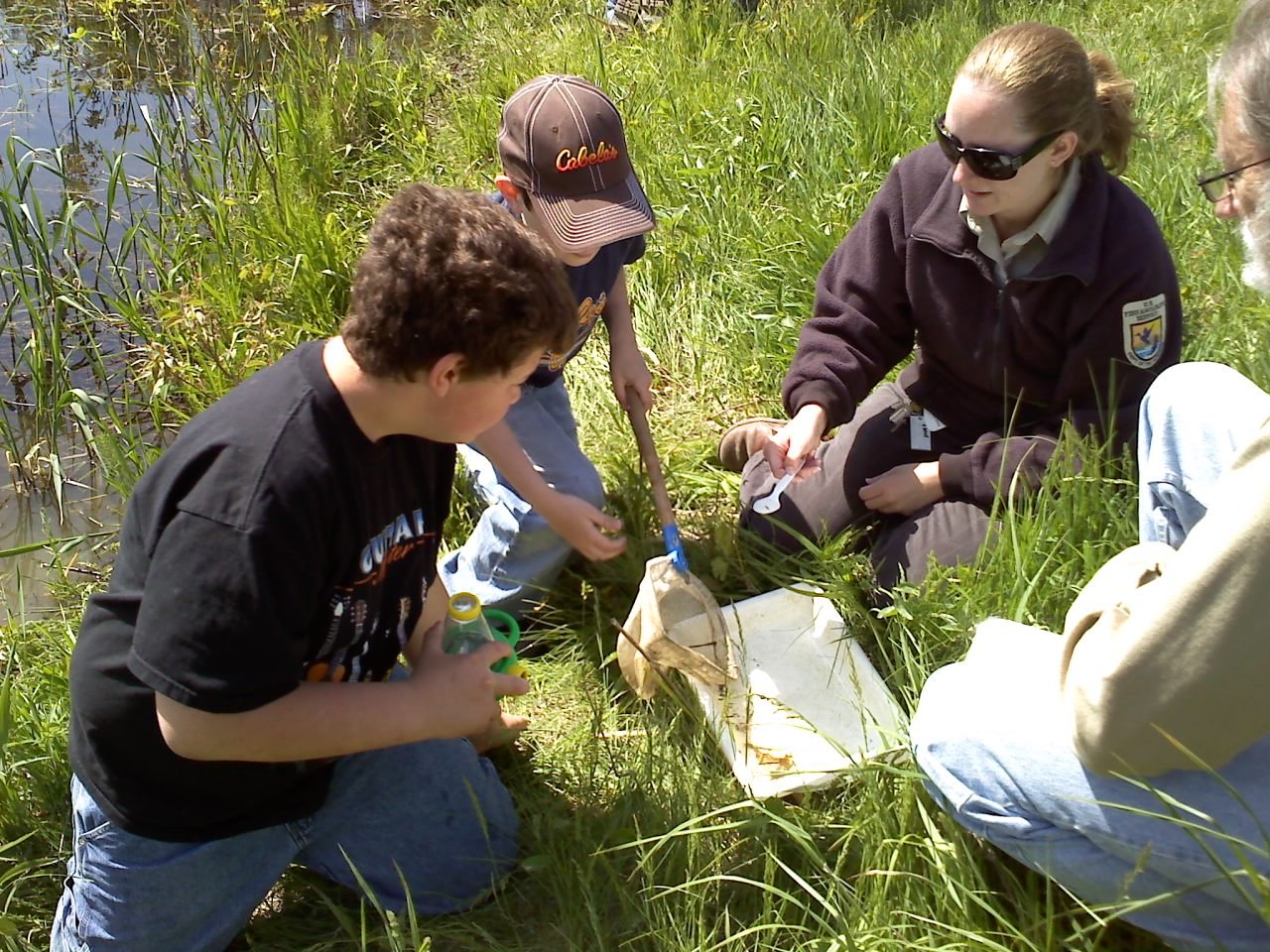
Every wildlife crime scene tells a story, and forensic experts are the storytellers. When rangers discover a slaughtered rhino or a pile of illegal ivory, specialists swoop in to collect evidence with meticulous care. They don’t just gather the obvious items; they look for traces of hair, skin cells, and even footprints—tiny clues that can unlock huge mysteries. The process is painstaking, often requiring hours of sifting through dirt and debris. The evidence is packaged and transported in sterile conditions to avoid contamination, much like in a murder investigation. This careful handling ensures that the samples remain credible in court, where the smallest error could let a criminal walk free.
DNA: Nature’s Ultimate Fingerprint

One of the most powerful tools in wildlife forensics is DNA analysis. Just as no two people have the same genetic code, animals have unique DNA signatures that can link a piece of meat or a scale to a specific species—or even an individual. Forensic scientists use polymerase chain reaction (PCR) to amplify tiny DNA samples, making it possible to identify species from mere traces left behind. This technique has been used to expose illegal imports of everything from shark fins to tiger bones. By building databases of animal DNA, scientists can track the origins of seized wildlife products, tracing them back to poaching hotspots. This genetic detective work has revolutionized the fight against wildlife crime.
Decoding Bones and Teeth
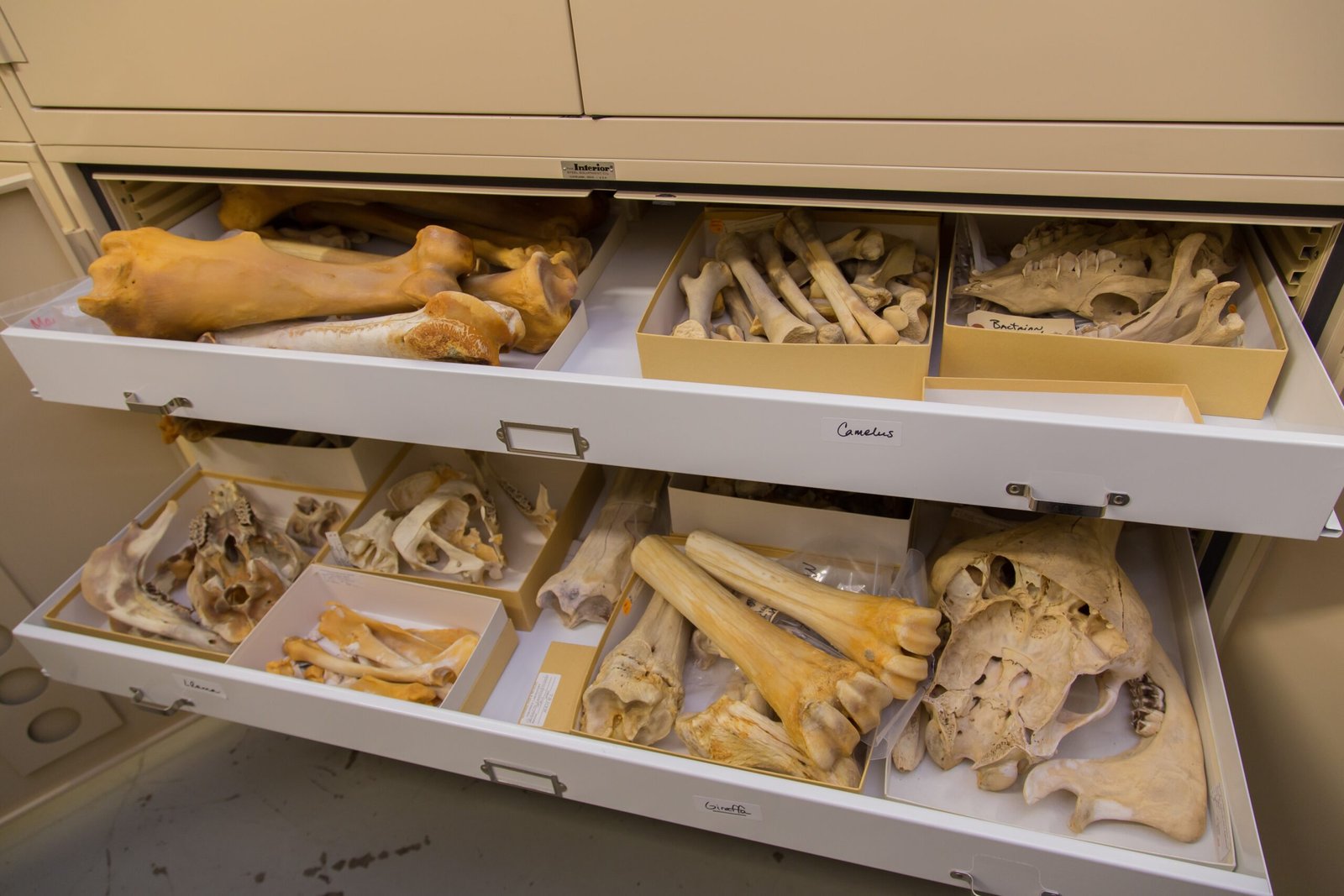
Sometimes, all that remains of a victim is a skeleton. Wildlife forensic experts can read bones and teeth like an open book, identifying species, age, and even cause of death. Elephant tusks, for example, carry growth rings similar to trees, revealing information about the animal’s life and when it was killed. By analyzing these clues, forensic scientists can link seized ivory to specific regions in Africa, helping authorities focus their anti-poaching efforts. In some cases, bite marks or broken bones can indicate the use of traps or firearms, offering further evidence against suspects. This expertise turns skeletal remains into powerful testimonies against criminals.
The Role of Chemical Analysis
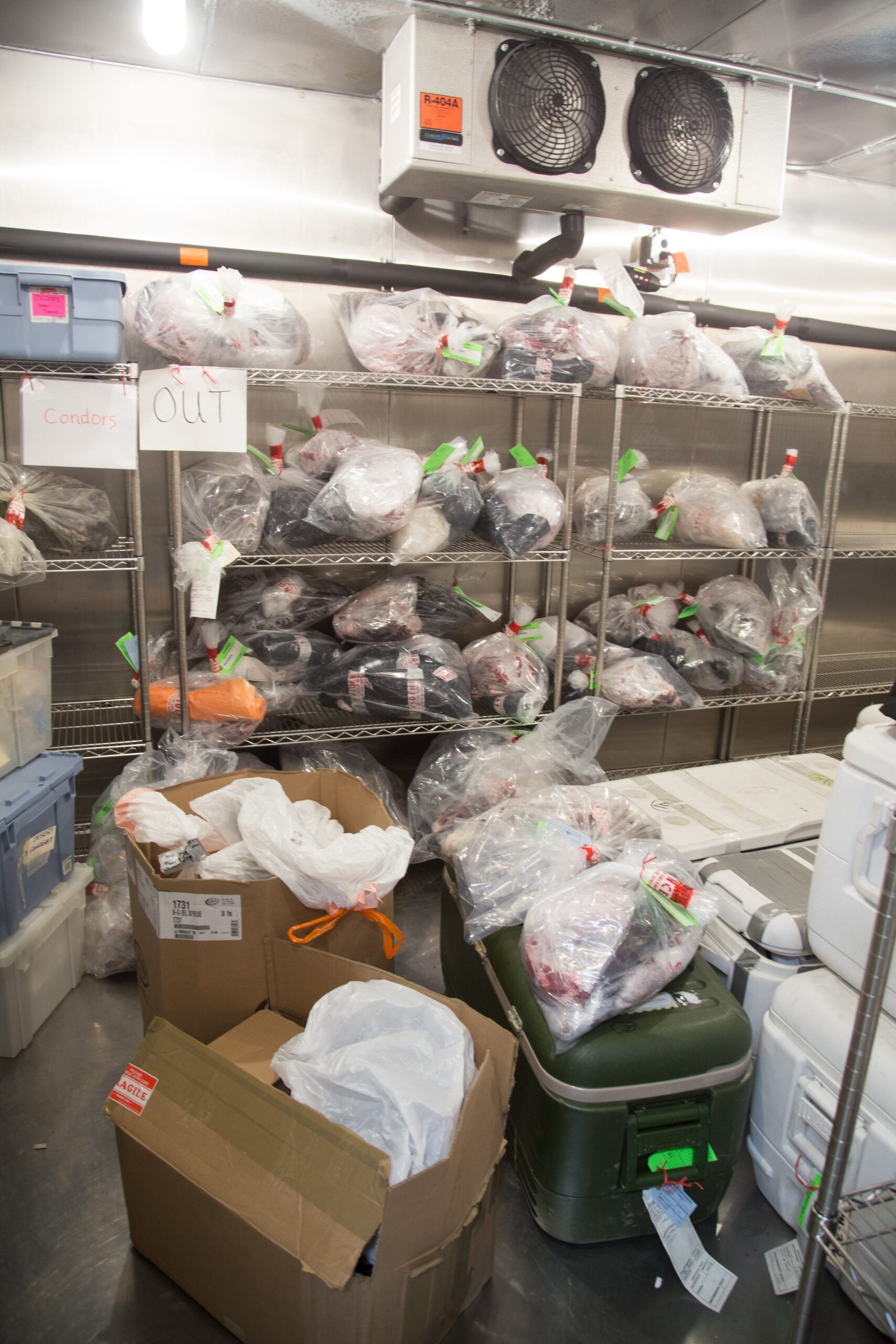
Chemistry plays a vital role in wildlife forensics. Scientists can analyze hair, feathers, and tissue samples to detect traces of toxins, tranquilizers, or other chemicals used by poachers. Isotope analysis can reveal where an animal lived, based on the chemical composition of its body. For instance, carbon and nitrogen isotopes in a feather can indicate whether a bird was raised in captivity or caught in the wild. This level of detail helps authorities determine the legality of wildlife products and trace them back to their origins. Chemical signatures have even been used to expose the laundering of illegal ivory through supposedly legal stockpiles.
Tracking the Traffickers: The Path of Illegal Trade
Wildlife crime rarely stops at the scene. Traffickers transport ivory, skins, and exotic pets across borders, hiding their loot in creative and often cruel ways. Wildlife forensic experts work alongside customs officials to intercept these shipments and analyze their contents. By matching DNA from seized items to poaching sites, investigators can map out smuggling routes and identify criminal networks. This intelligence is crucial in dismantling trafficking operations that stretch across continents. The evidence can also link multiple crimes together, revealing the scale and organization of wildlife trafficking syndicates.
High-Tech Tools: From Microscopes to Machine Learning
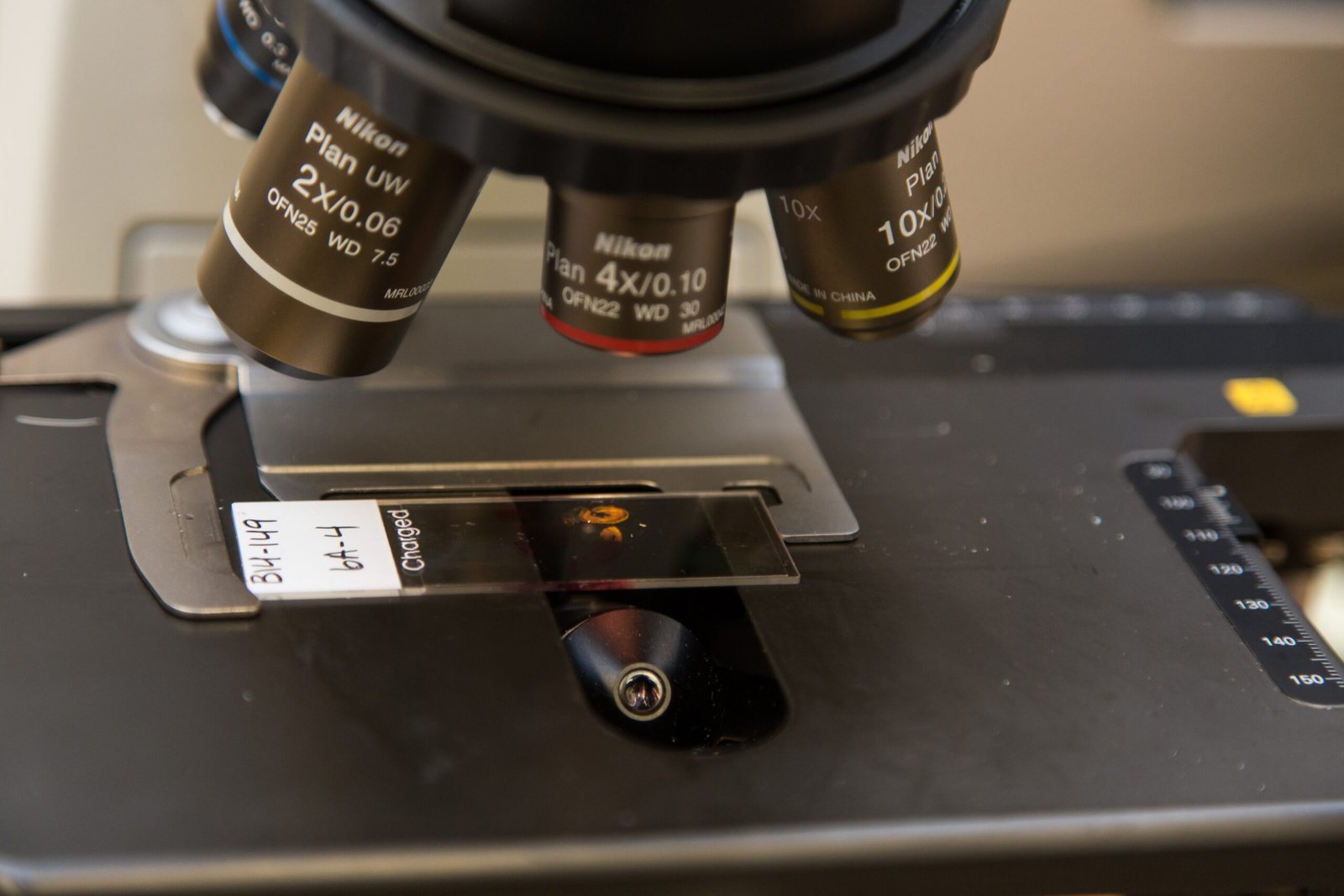
Modern wildlife forensic labs are filled with technology worthy of a science fiction novel. Microscopes reveal the tiniest details of feathers and scales, while infrared spectroscopy can detect fake wildlife products. Recently, machine learning and artificial intelligence have entered the field, helping scientists recognize patterns in evidence that might be missed by the human eye. These technologies can quickly scan thousands of samples, identifying illegal products faster than ever before. 3D scanning and digital modeling allow experts to reconstruct crime scenes and present compelling evidence in court. Technology is accelerating the pace of justice for wildlife.
Real-Life Cases: Justice for the Voiceless
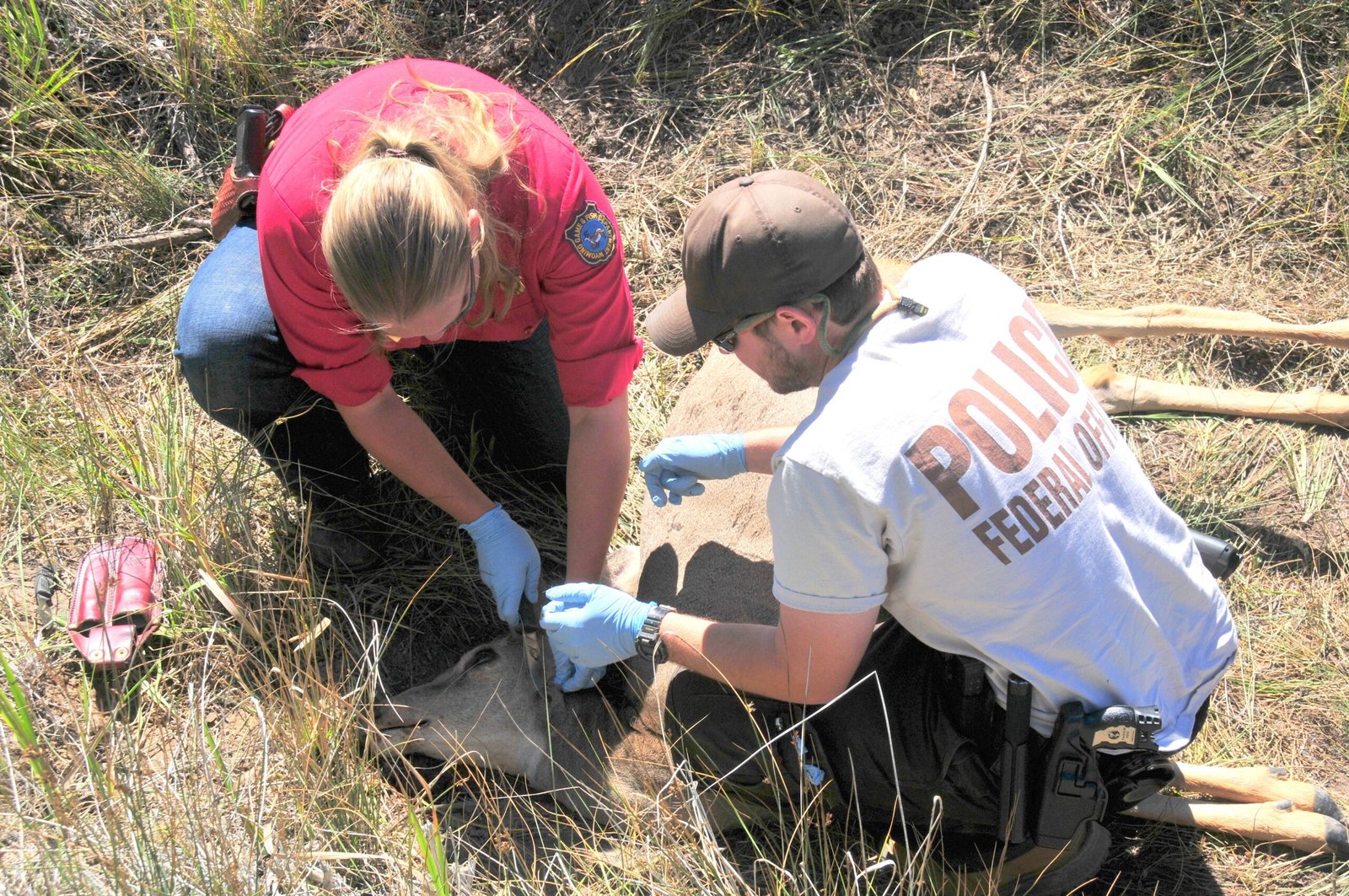
There are countless stories where wildlife forensics turned the tide. In one famous case, DNA evidence helped convict poachers responsible for slaughtering dozens of elephants in Central Africa. In another, forensic analysis of shark fins in a market revealed the illegal killing of protected species, leading to arrests and stricter regulations. Each victory is a testament to the dedication of forensic teams who work behind the scenes, often facing threats and dangerous conditions. Their work brings justice not just for animals but for entire ecosystems threatened by greed and ignorance.
Challenges and Limitations in Wildlife Forensics
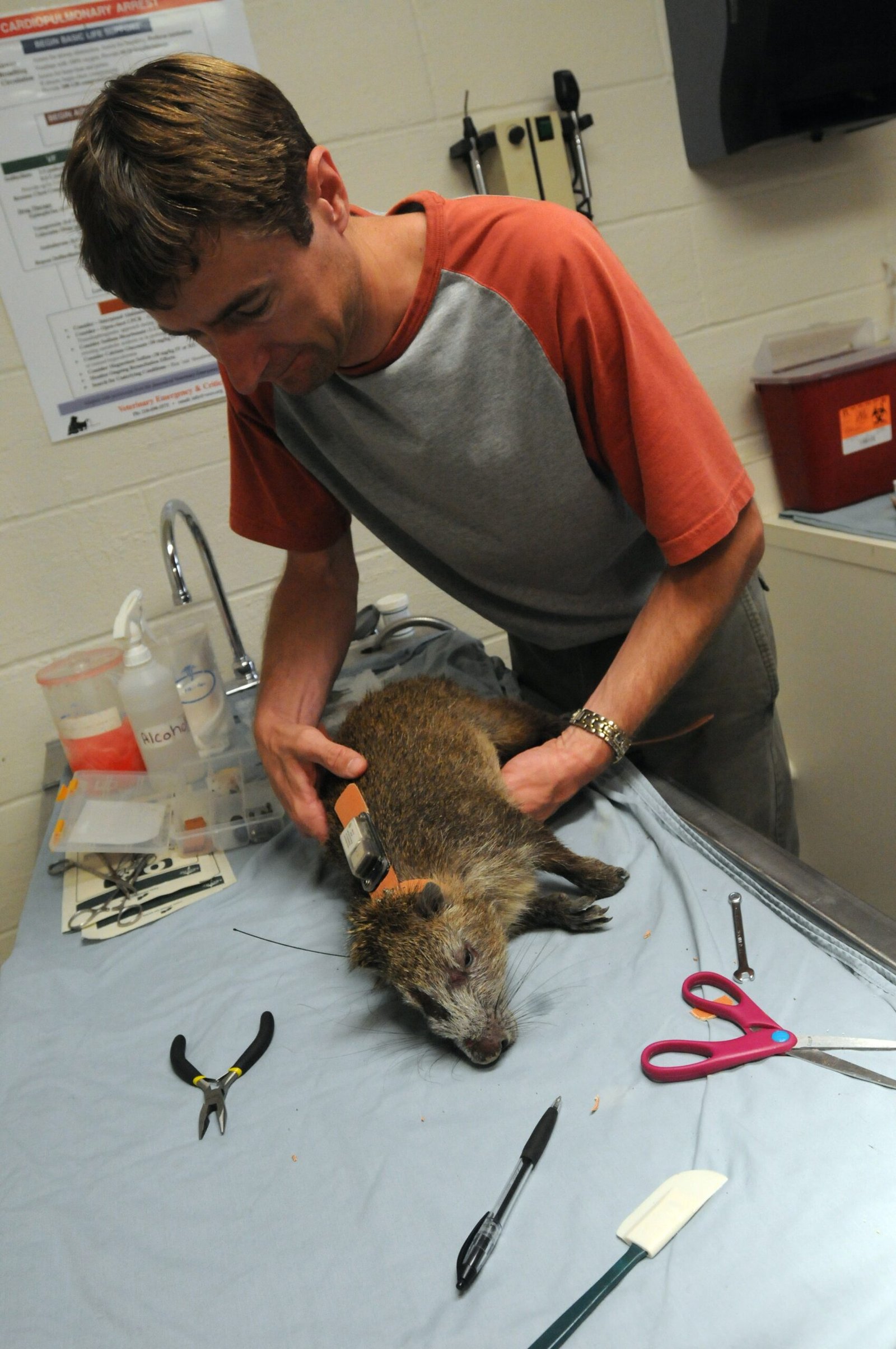
Despite its successes, wildlife forensics faces serious hurdles. Many countries lack the resources or expertise to establish dedicated labs, leaving crimes unsolved. The diversity of wildlife means that reference databases are often incomplete, making identification slow or sometimes impossible. Legal systems may not always recognize scientific evidence, especially when it conflicts with powerful interests. Language barriers and the clandestine nature of trafficking networks add further complications. Yet, scientists persist, driven by a passion for conservation and justice.
Collaboration: Science Meets Law Enforcement
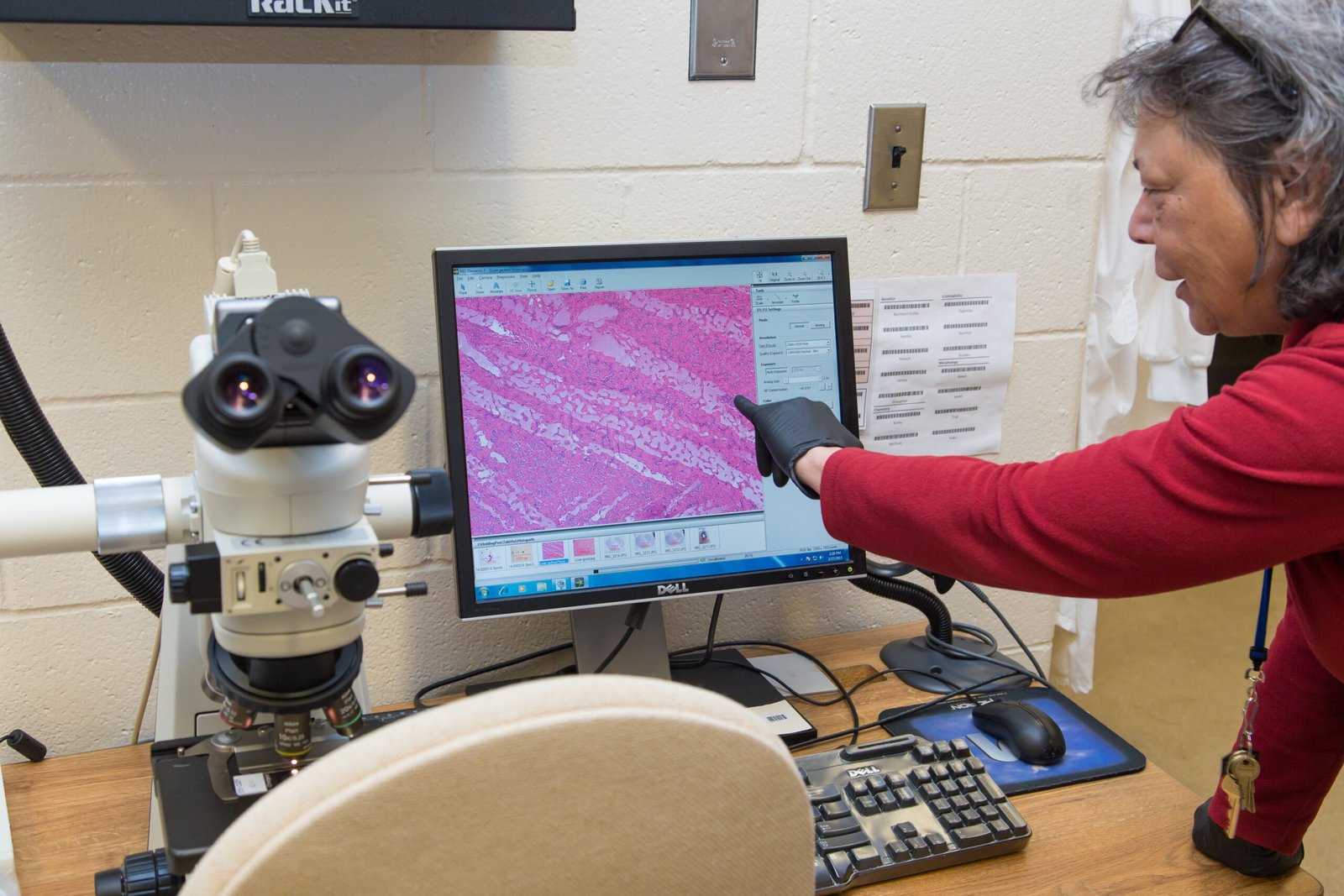
Wildlife forensics thrives on teamwork. Scientists, rangers, customs officers, and even local communities must work together to collect evidence and build strong cases. International organizations like INTERPOL and CITES facilitate data sharing and training, helping to close the gaps between countries. Cross-border cooperation is essential, as wildlife crime knows no boundaries. Community involvement is also vital, as local people are often the first to spot suspicious activity. When science and law enforcement unite, the impact can be truly transformative.
The Human Side: Why It Matters
At its heart, wildlife forensics is about more than science—it’s about hope, justice, and responsibility. Every case solved means another species with a fighting chance, another criminal held accountable, and another reminder that nature cannot be silenced. The field attracts passionate individuals who see themselves as stewards of the planet, determined to protect the voiceless. Their work inspires others to care, to act, and to believe that even the smallest clue can spark big change. The emotional weight of the work is heavy, but so is the reward of knowing you’re making a difference.
The Future of Wildlife Forensics
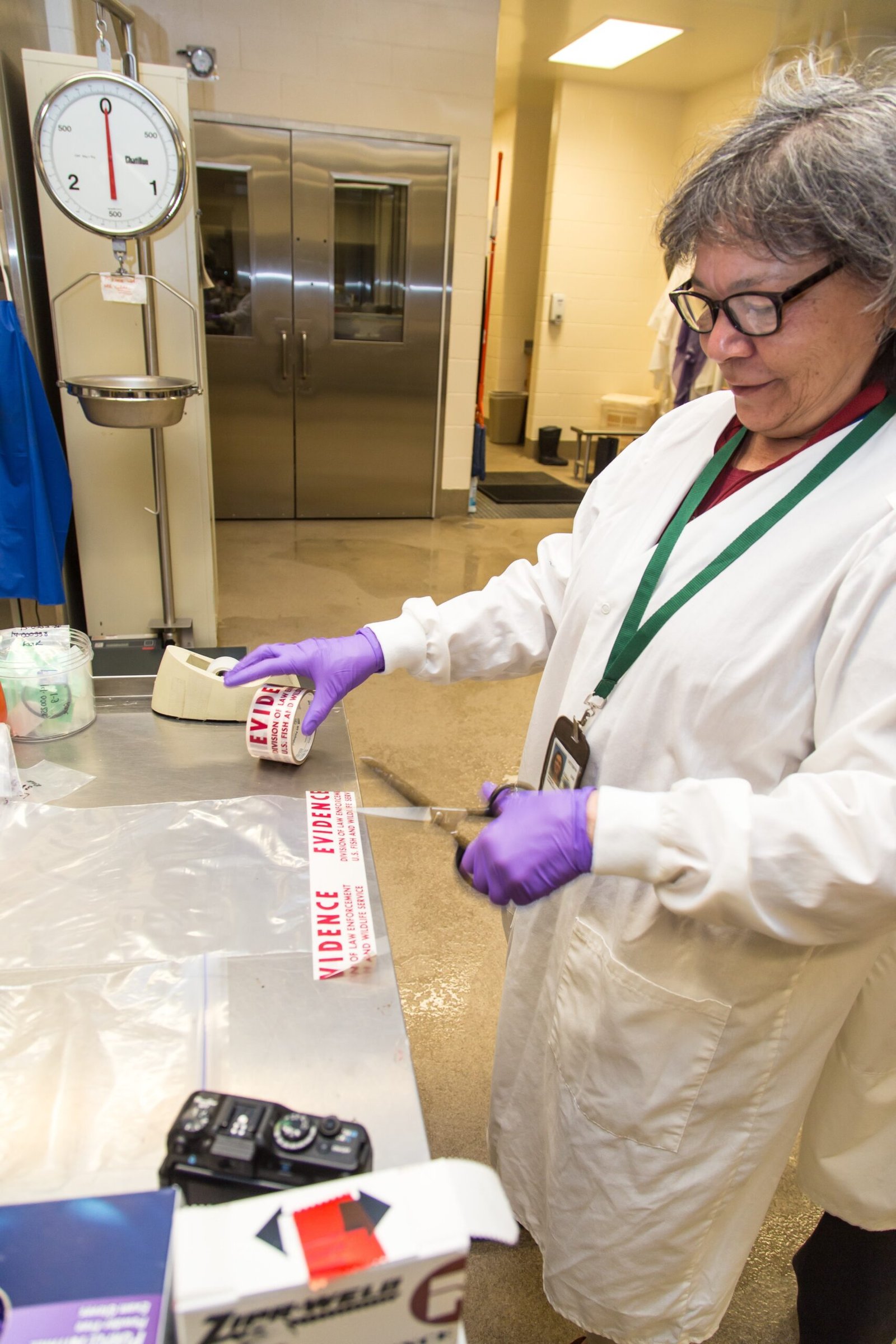
The fight against wildlife crime is far from over, but the tools—and the will—to win are stronger than ever. New technologies, from portable DNA kits to global crime databases, promise faster, more accurate investigations. Education and outreach are expanding, training the next generation of forensic experts and raising awareness among the public. As the world wakes up to the importance of biodiversity, support for wildlife forensics is growing. The field will continue to evolve, adapting to new threats and challenges, but its mission remains the same: to give nature a voice in the court of law.
Wildlife forensics stands as a powerful reminder that science can be a force for justice, offering hope in the face of brutality and greed. Every solved case is a victory not just for animals, but for humanity itself. Will you be among those who listen to the silent stories and help protect the wonders of our natural world?

